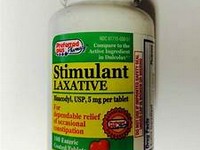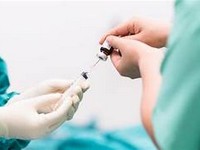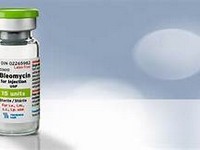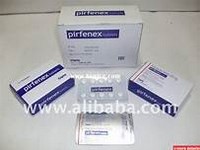Clarithromycin

Clarithromycin
CLINICAL USE
Antibacterial agent:Adjunct in treatment of duodenal ulcers by eradication of Helicobacter pyloriDOSE IN NORMAL RENAL FUNCTION
Oral: 250–500 mg every 12 hoursIV: 500 mg every 12 hoursPHARMACOKINETICS
DOSE IN RENAL IMPAIRMENT
GFR (mL/MIN)
30–50 Dose as in normal renal function10–30 Oral: 250–500 mg every 12 hours. IV: 250–500 mg every 12 hoursDOSE IN PATIENTS UNDERGOING RENAL REPLACEMENT THERAPIES
IMPORTANT DRUG INTERACTIONS
Potentially hazardous interactions with other drugsAnti-arrhythmics: possibly increased disopyramide concentrationAntibacterials: increased rifabutin concentration – reduce rifabutin dose; clarithromycin concentration reduced by rifamycinsAnticoagulants: effect of coumarins potentially enhancedAntidepressants: avoid concomitant use with reboxetineAnti-epileptics: increased carbamazepine and phenytoin concentration. Antihistamines: metabolism of mizolastine inhibited – avoid concomitant useAntimalarials: avoid concomitant administration with artemether/lumefantrineAntimuscarinics: avoid concomitant use with tolterodineAntipsychotics: increased risk of arrhythmias with pimozide and sertindole – avoid concomitant use; possibly increased quetiapine concentrationAntivirals: concentration of both drugs increased with atazanavir; increased risk of rash with efavirenz; oral clarithromycin reduces absorption of zidovudine; concentration increased by ritonavir and tipranavir, also concentration of tipranavir increased – reduce dose of clarithromycin in renal impairmentAnxiolytics: metabolism of midazolam inhibitedCalcium-channel blockers: possibly inhibits verapamil concentrationCiclosporin: increased ciclosporin concentration (although may take ≅ 5 days after starting clarithromycin before increase in ciclosporin levels is seen)Colchicine: treatment with both agents has been shown in a study to increase the risk of fatal colchicine toxicity, especially in patients with renal impairment.1 Diuretics: increased eplerenone concentration – avoid concomitant useErgot alkaloids: increase risk of ergotism – avoid concomitant use5 HT 1 agonists: increased eletriptan concentration – avoid concomitant useIvabradine: increased ivabradine concentration – avoid concomitant useLipid-lowering drugs: increased risk of myopathy with atorvastatin and simvastatin, avoid with simvastatin and max dose of atorvastatin 20 mg.2Sirolimus: possibly increased sirolimus concentration – avoid concomitant useTacrolimus: increased tacrolimus levels Theophylline: increased theophylline concentration.ADMINISTRATION
Reconstition
Add 10 mL water for injection to vial (500 mg). Add reconstituted product to 250 mL glucose 5% or sodium chloride 0.9%. (Stable in 100 mL, but more likely to cause phlebitis, pain and inflammation at the injection site)Route
IV infusion
into one of the larger proximal veinsNot to be administered by bolus or IM injectionRate of Administration
Over 60 minutesComments
–OTHER INFORMATION
Use with caution in renal or hepatic failure Oral bioavailability is 55% Patients with GFR <10 mL/min, vomiting may be a problem with high doses
See how to identify renal failure stages according to GFR calculation
See how to diagnose irreversible renal disease
Home








